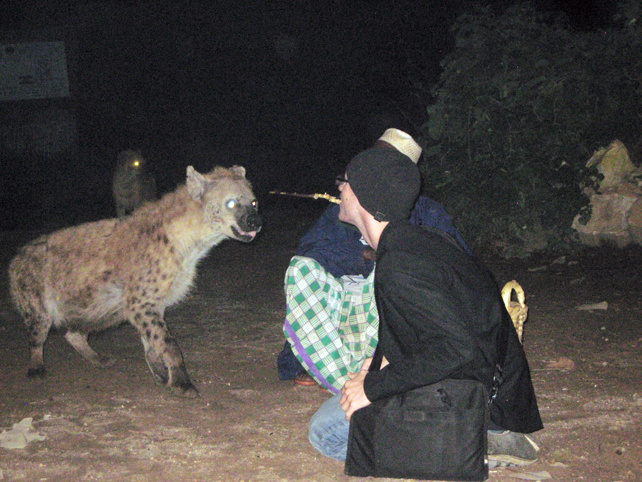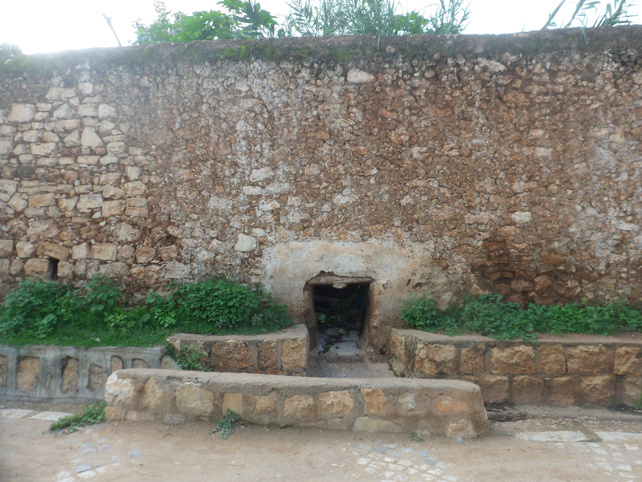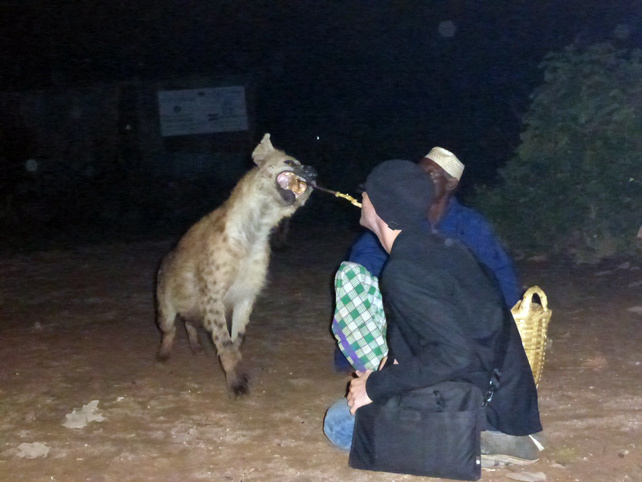Anywhere else in the world, feeding a hyena by mouth would be a terrible idea. In Harar, Ethiopia, however, the residents have developed a unique symbiosis with the hyena population, transforming a regional villain first into a carrier of prophecy and...













